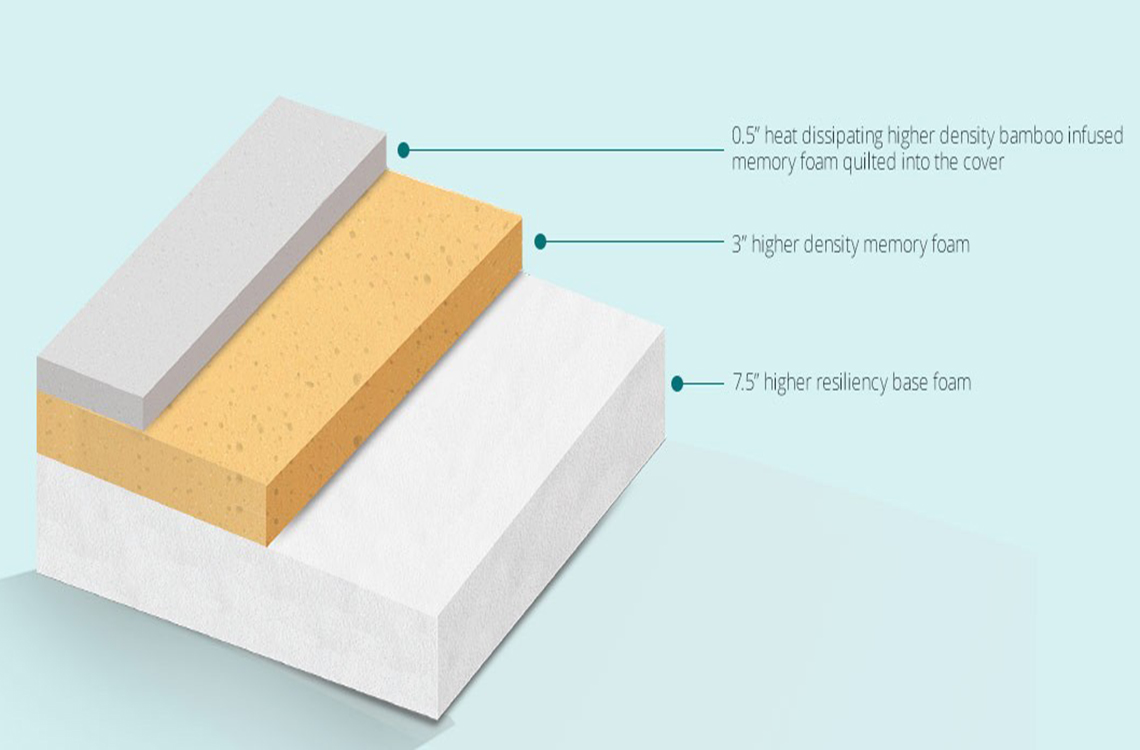Choosing the right lighting for your living room is essential for creating a comfortable and inviting space. LED bulbs have become a popular choice for their energy efficiency and long lifespan. However, when it comes to choosing between 4000k and 5000k LED bulbs, many people are unsure which one is the best fit for their living room. In this article, we will compare these two color temperatures and help you decide which one is the right choice for your living room.4000k vs 5000k LED bulbs for living room lighting
Color temperature is measured in Kelvins (K) and refers to the appearance of light emitted by a bulb. The lower the color temperature, the warmer the light will appear, while higher color temperatures will have a cooler tone. When it comes to living room lighting, the most recommended color temperatures are between 4000k and 5000k, which fall in the range of neutral white to cool white.Choosing the right color temperature for your living room: 4000k vs 5000k
Both 4000k and 5000k LED bulbs offer bright and crisp lighting for your living room. However, there are some differences in the color and intensity of the light they emit. 4000k LED bulbs have a slightly warmer tone compared to 5000k bulbs, which have a cooler and slightly bluish tint. This means that 4000k bulbs will provide a more natural and cozy lighting, while 5000k bulbs will give off a brighter and whiter light.Comparing the brightness and color of 4000k vs 5000k LED lights for living room
There are several benefits to using LED bulbs in your living room, regardless of the color temperature you choose. They are energy-efficient, have a longer lifespan, and produce less heat compared to traditional incandescent bulbs. However, 4000k and 5000k bulbs have their own unique advantages. 4000k bulbs are ideal for creating a warm and inviting atmosphere, while 5000k bulbs are perfect for task lighting and providing a bright and focused light.Benefits of using 4000k vs 5000k LED lights in your living room
Lighting plays a crucial role in setting the mood and ambiance of a room. In a living room, you want to create a comfortable and relaxing atmosphere. 4000k bulbs are perfect for this as they provide a warm and cozy light that is similar to natural sunlight. This color temperature is also great for accent lighting, highlighting artwork or decor in your living room. On the other hand, 5000k bulbs are more suitable for task lighting, such as reading or working, as they produce a brighter and more focused light.How to create the perfect ambiance with 4000k vs 5000k LED lights in your living room
LED strip lights are a popular choice for accent lighting in living rooms. They can be installed under cabinets, shelves, or behind furniture to add a subtle and stylish touch to your living room. When it comes to choosing between 4000k and 5000k LED strip lights, it depends on the effect you want to achieve. 4000k strip lights will provide a warm and cozy ambiance, while 5000k strip lights will give off a brighter and cooler light for a more modern and contemporary look.4000k vs 5000k LED strip lights for living room accent lighting
When designing your living room, lighting is an important factor to consider. Both 4000k and 5000k LED bulbs are suitable for living room design, but they have different effects on the overall look and feel of the room. 4000k bulbs are perfect for creating a warm and intimate atmosphere, making them a great choice for living rooms with a traditional or cozy design. 5000k bulbs, with their cooler and brighter light, are better suited for modern and minimalistic living room designs.Understanding the difference between 4000k vs 5000k LED lights for living room design
LED bulbs are known for their energy efficiency, and both 4000k and 5000k bulbs offer great energy-saving benefits. However, 4000k bulbs use slightly less energy compared to 5000k bulbs, which means they will save you more on your electricity bill in the long run. If energy efficiency is a top priority for you, then 4000k bulbs may be the better choice for your living room.Maximizing energy efficiency with 4000k vs 5000k LED lights in your living room
Lighting can greatly impact the overall atmosphere of your living room. If you want to create a warm and inviting space, then 4000k LED bulbs are the way to go. They produce a soft and cozy light that is perfect for relaxing or entertaining guests. Additionally, 4000k bulbs have a high color rendering index (CRI), which means they can accurately show the true colors of objects in your living room, making the space feel more vibrant and lively.Creating a warm and inviting living room with 4000k vs 5000k LED bulbs
Ultimately, the color temperature you choose for your living room will depend on your personal preferences and needs. If you want a warm and inviting atmosphere, 4000k bulbs are the way to go. If you need bright and focused lighting for tasks or have a more modern design, then 5000k bulbs may be a better fit. It's also worth considering using a combination of both color temperatures for different areas of your living room to achieve the perfect balance of lighting. In conclusion, both 4000k and 5000k LED bulbs have their own unique advantages and can be a great choice for your living room. Consider the mood and ambiance you want to create, as well as the design and purpose of your living room, to determine which color temperature is the best fit for you. With the right lighting, you can transform your living room into a cozy and inviting space for you and your family to enjoy.How to choose the right 4000k vs 5000k LED lights for your living room based on your needs
An In-Depth Look at the Differences Between 4000k and 5000k LED Lights for Your Living Room

The lighting in a living room can significantly impact its overall design and ambiance. With the rise of LED lighting options, homeowners now have a plethora of choices when it comes to selecting the perfect lighting for their living space. Two popular options that often come up in the debate of lighting for living rooms are 4000k and 5000k LED lights. Let's dive into the differences between these two options and determine which one is best suited for your living room.
Understanding the Basics: What is 4000k and 5000k LED Lighting?

Before we compare the two options, it's essential to understand what 4000k and 5000k LED lights mean. The "k" in these terms stands for Kelvin, which is a unit of measurement for color temperature. The higher the Kelvin value, the cooler and bluer the light will appear, while lower Kelvin values produce a warmer and more yellowish light. 4000k and 5000k LED lights fall into the category of cool white lights, with 4000k being slightly warmer than 5000k.
The Impact of Color Temperature on Your Living Room Design

One of the main differences between 4000k and 5000k LED lights is their impact on the overall design of your living room. 4000k falls in the middle of the spectrum between warm and cool lights, making it a versatile option for various living room designs. It can provide a cozy and inviting ambiance while still giving off a modern and crisp feel. On the other hand, 5000k LED lights lean more towards a cooler and brighter light, making it ideal for contemporary and minimalist living room designs.
Moreover, the color temperature of your LED lights can also affect the colors in your living room. 4000k lights tend to enhance warmer tones, such as reds, oranges, and yellows, making them perfect for rooms with warm-colored furniture or decor. On the other hand, 5000k lights can make cooler tones, such as blues and greens, appear more vibrant, making them a great choice for living rooms with cool-colored accents.
The Impact on Energy Efficiency and Cost

Another crucial factor to consider when choosing between 4000k and 5000k LED lights is their energy efficiency and cost. LEDs are known for their energy-saving capabilities, but there are slight differences between the two options. 5000k LEDs tend to use slightly less energy than 4000k LEDs, making them slightly more energy-efficient and cost-effective in the long run. However, the difference is minimal, so it ultimately depends on your specific lighting needs and preferences.
Which One is Best for Your Living Room?

Both 4000k and 5000k LED lights have their advantages and can be suitable for different living room designs and preferences. For a warm and inviting living room with a mix of warm and cool tones, 4000k LEDs may be the best option. On the other hand, if you have a modern and minimalist living room with cool-colored accents, 5000k LEDs may be the way to go. Ultimately, it's essential to consider the overall design and color scheme of your living room and how the lighting will contribute to it.
In Conclusion
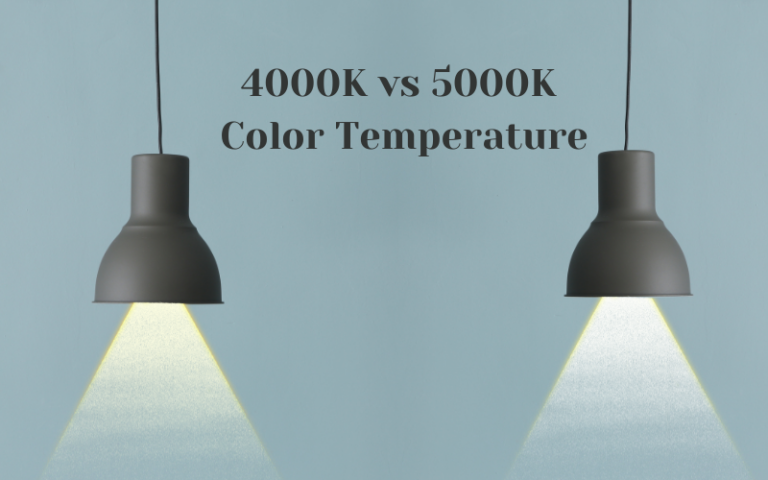
When it comes to lighting your living room, there is no one-size-fits-all solution. It's essential to consider factors such as color temperature, energy efficiency, and overall design to determine the best lighting option for your space. Hopefully, this article has shed some light (pun intended) on the differences between 4000k and 5000k LED lights and helped you make an informed decision for your living room.



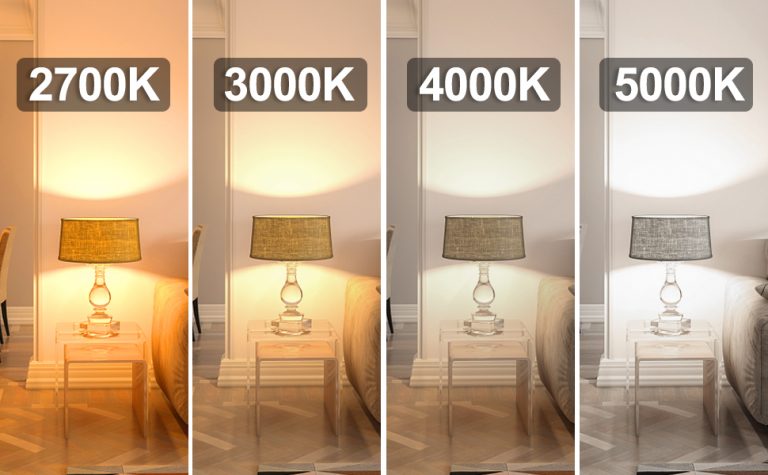
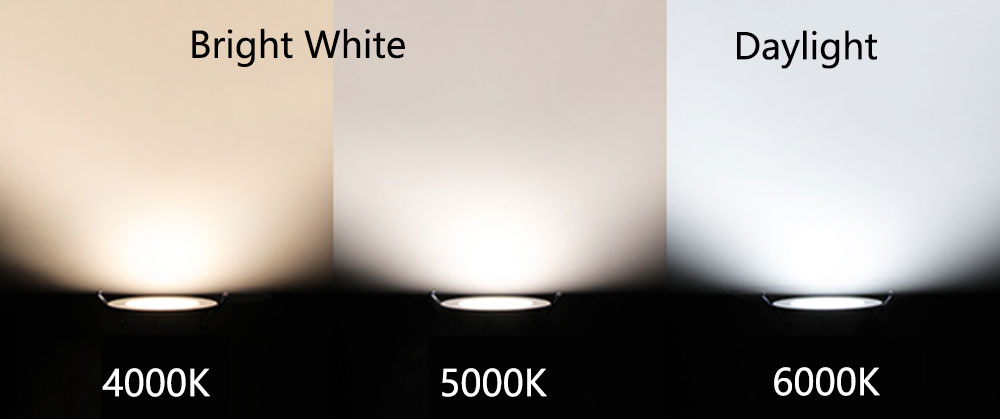




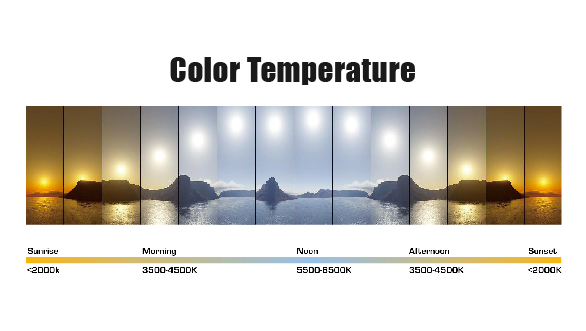


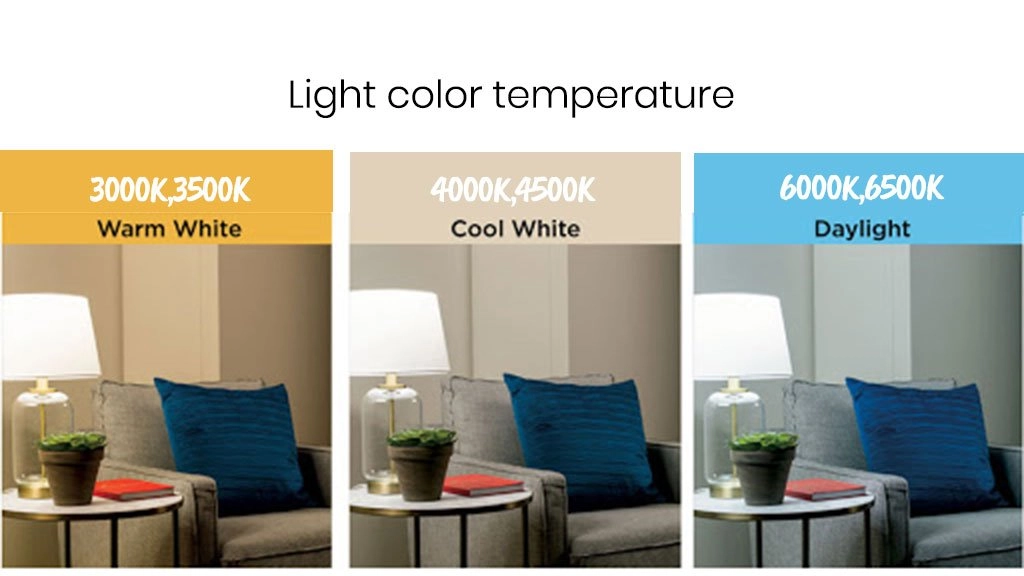






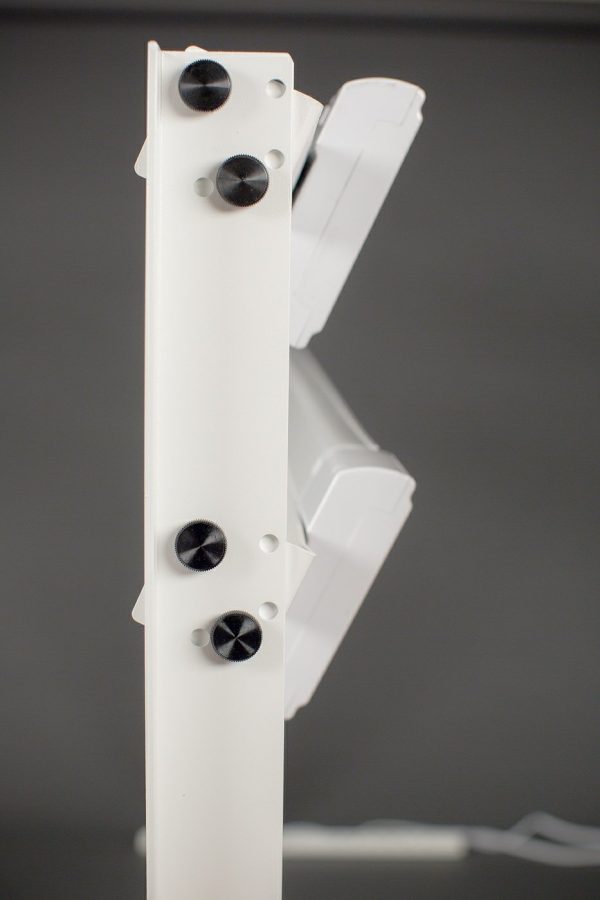

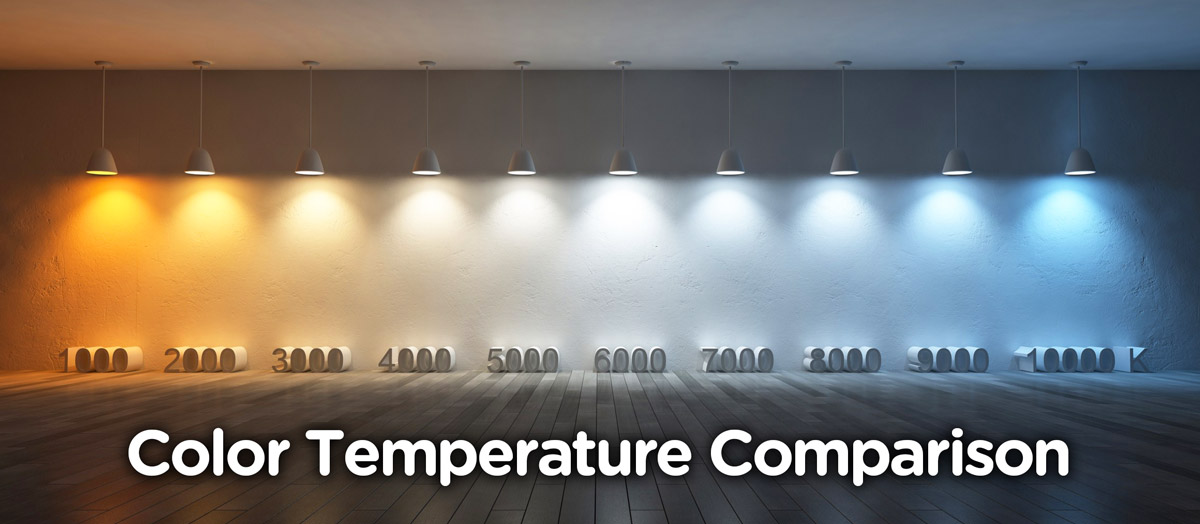





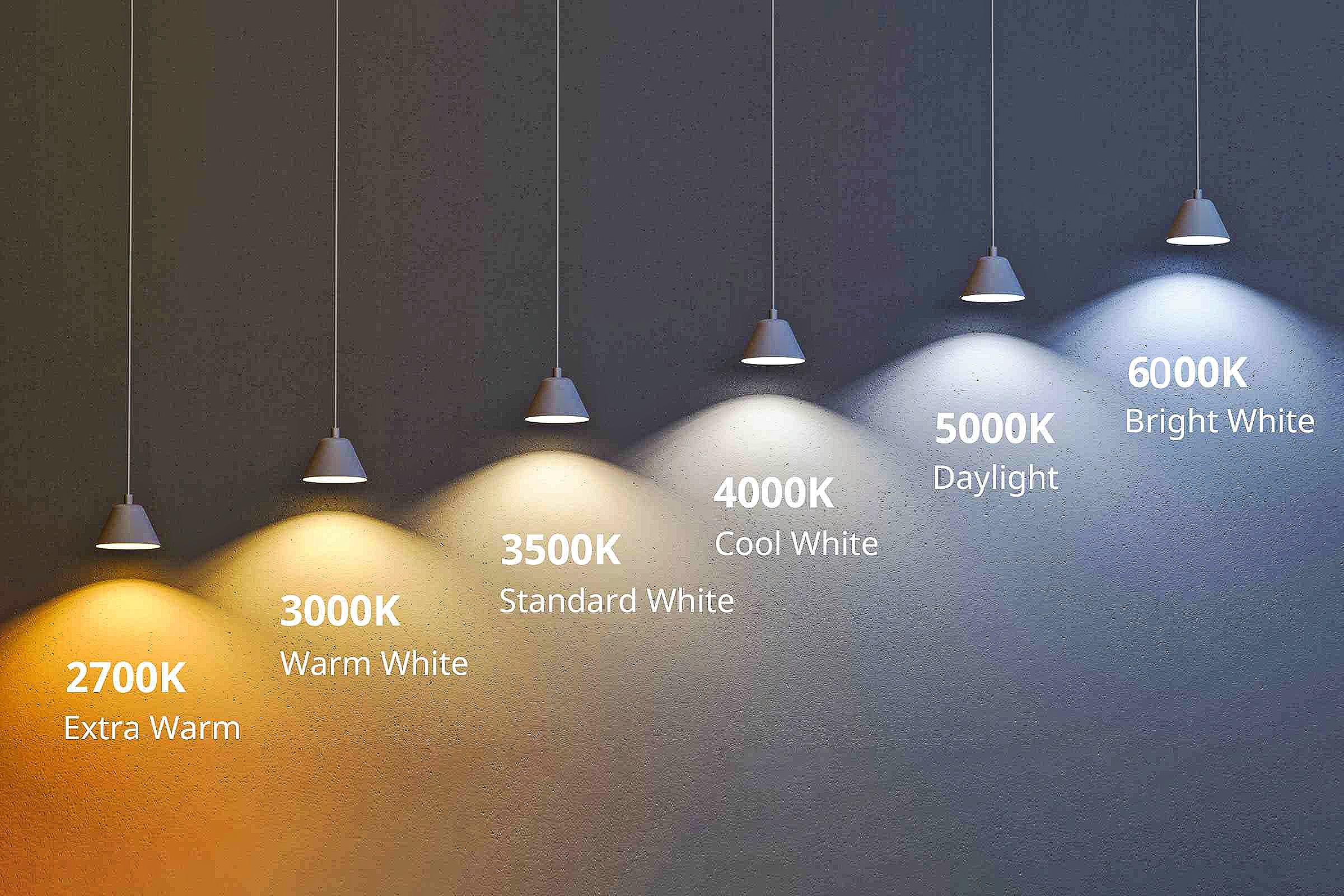



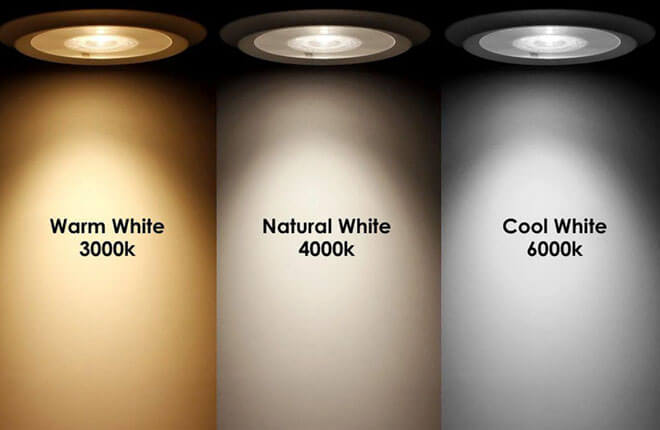

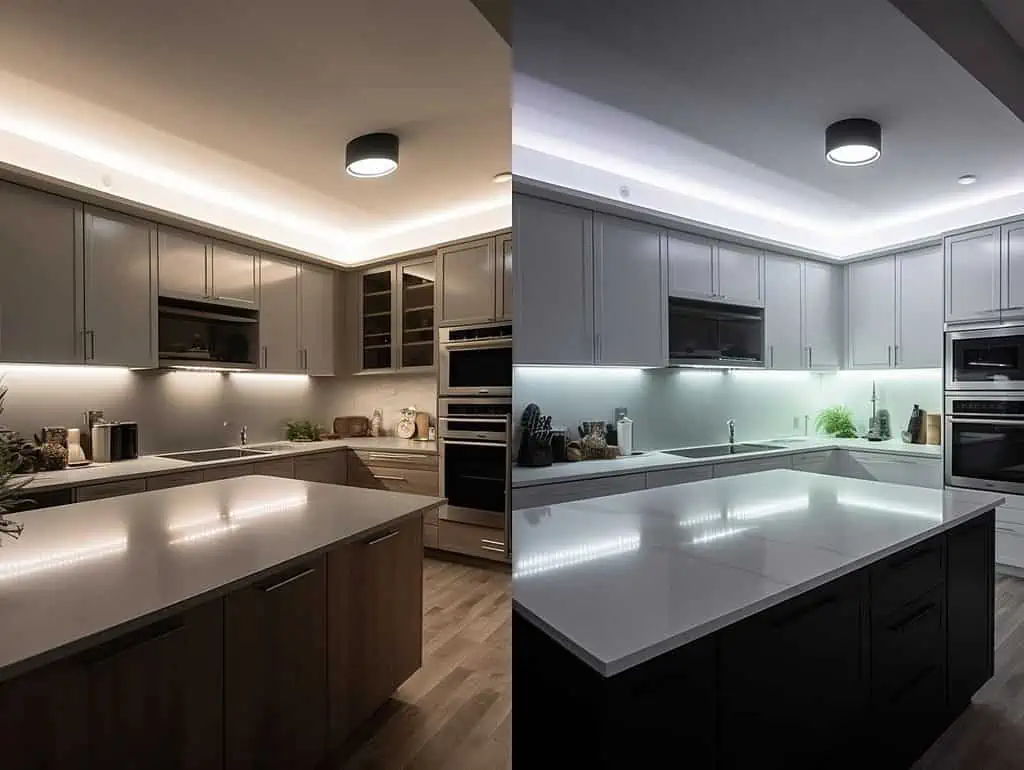



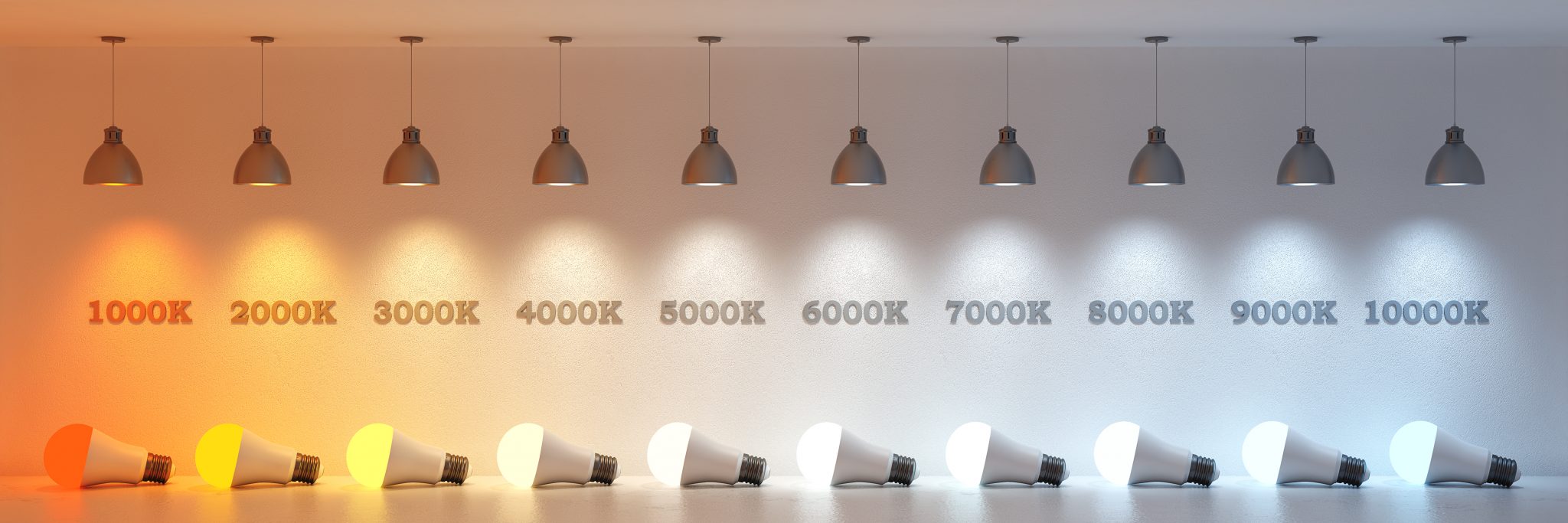
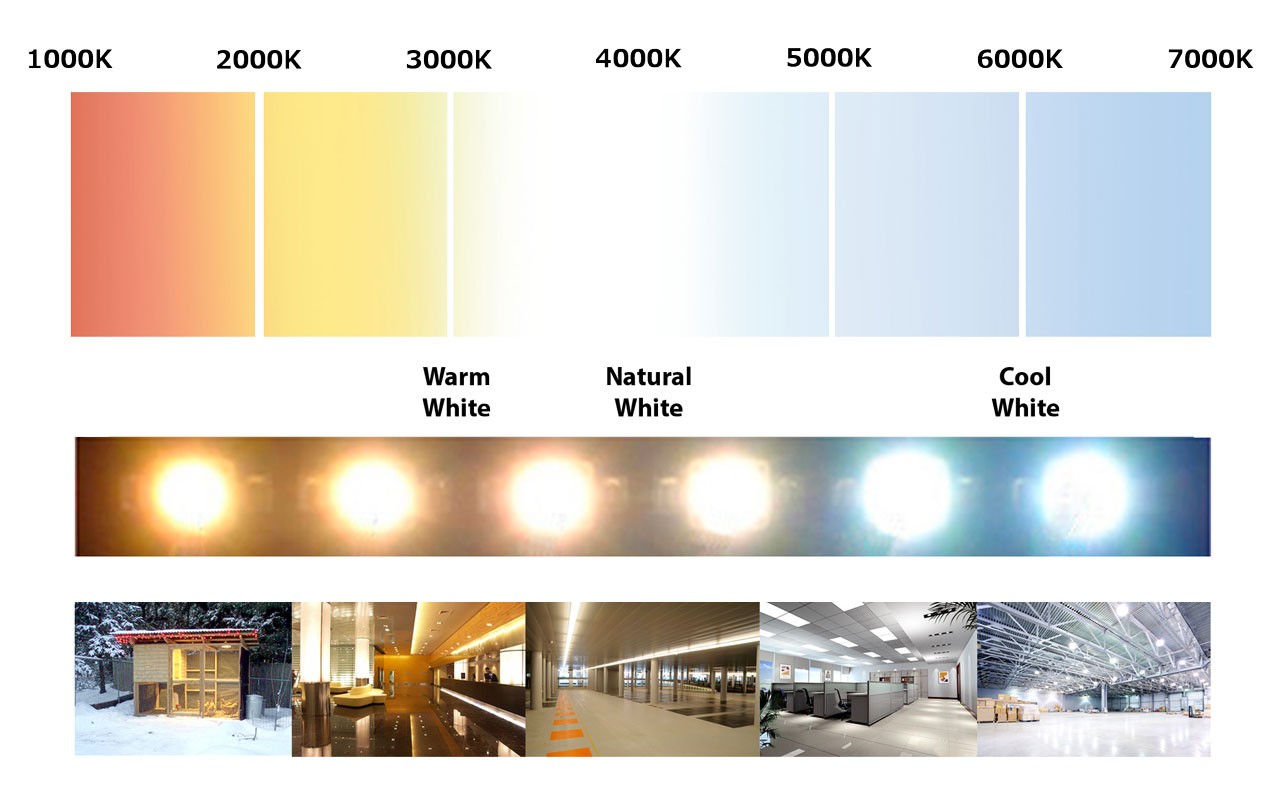
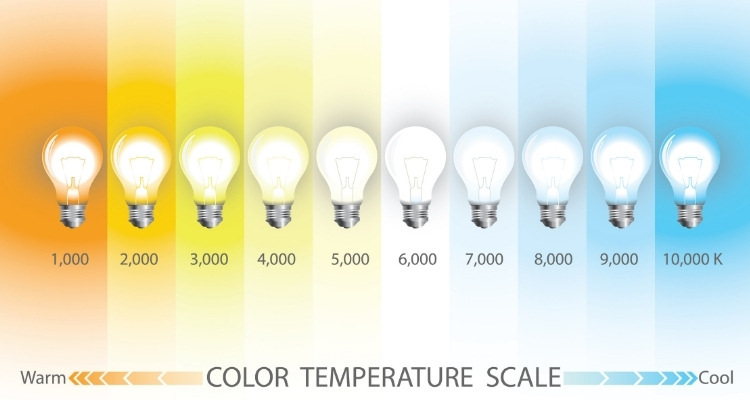



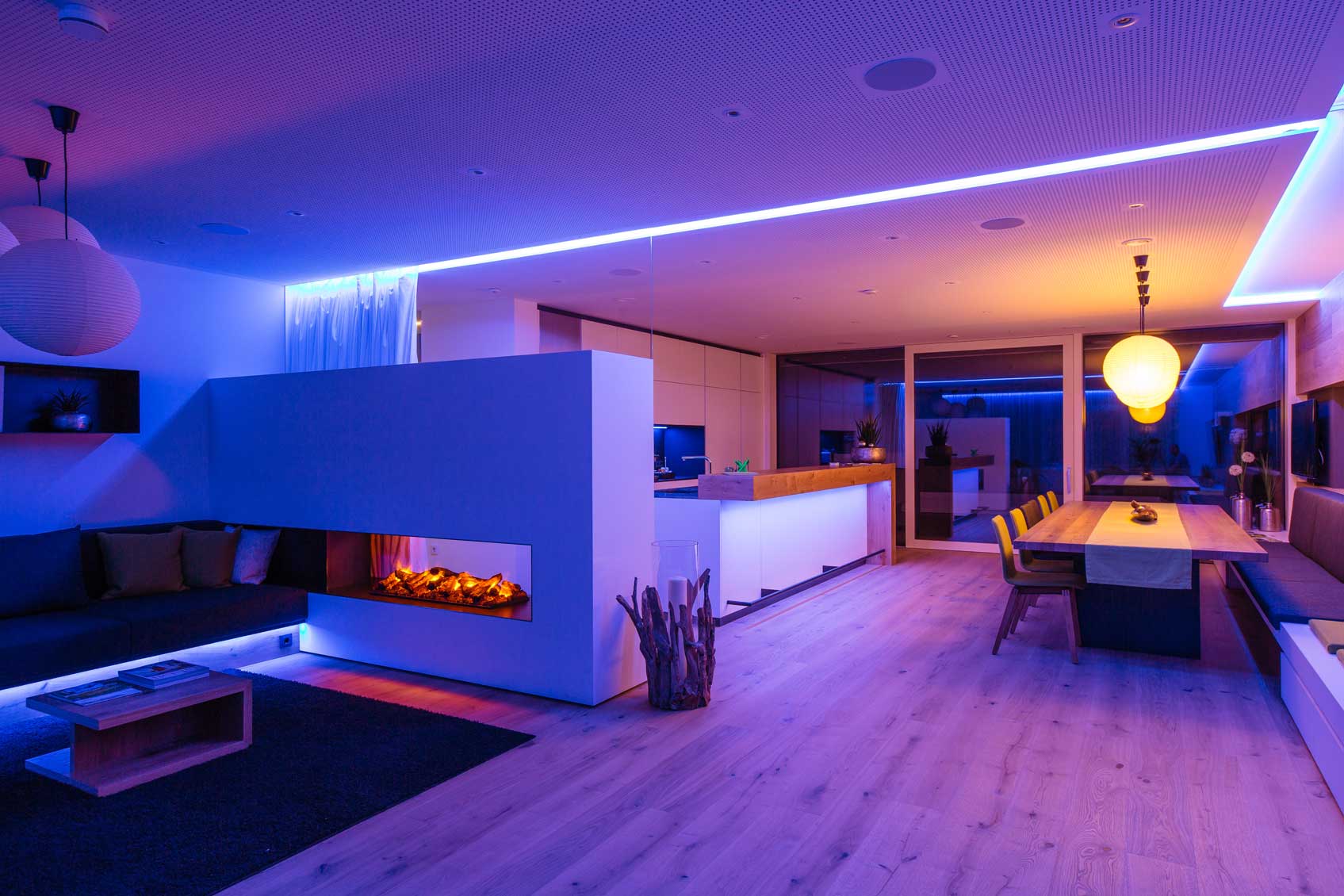
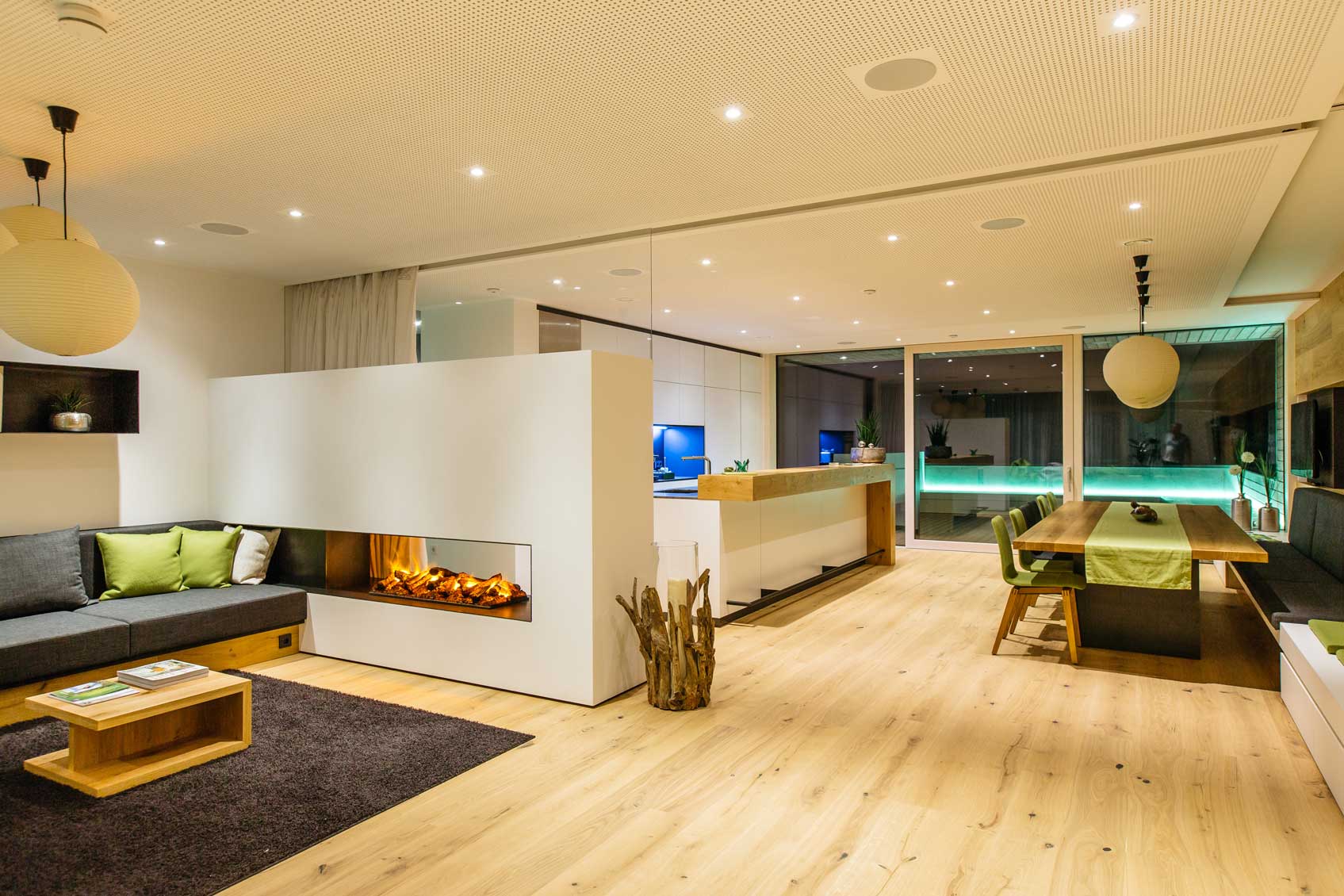
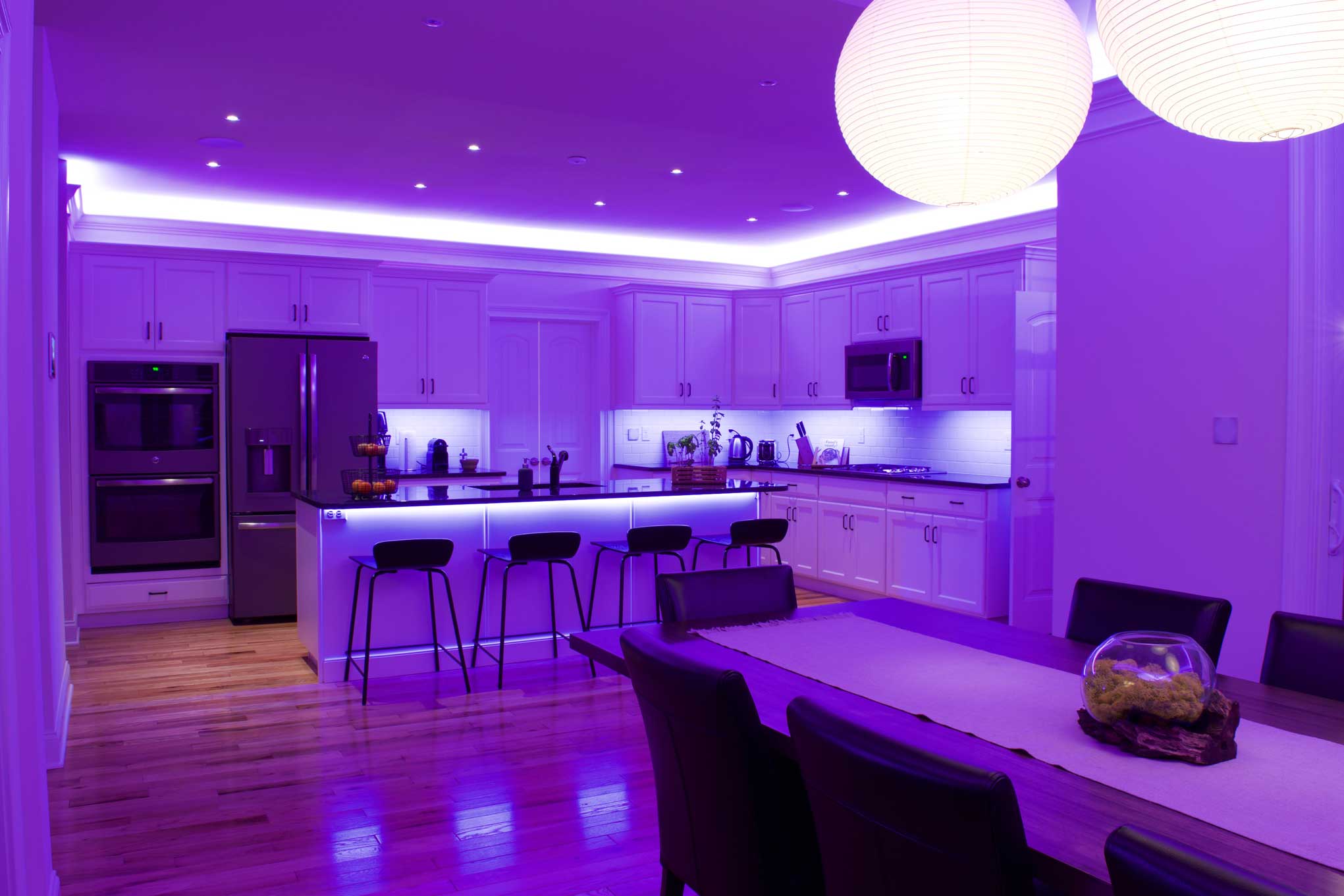
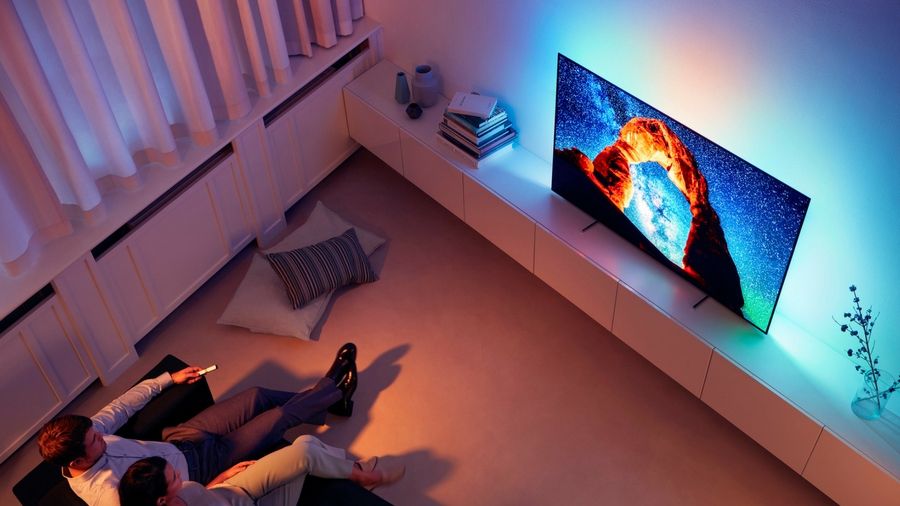





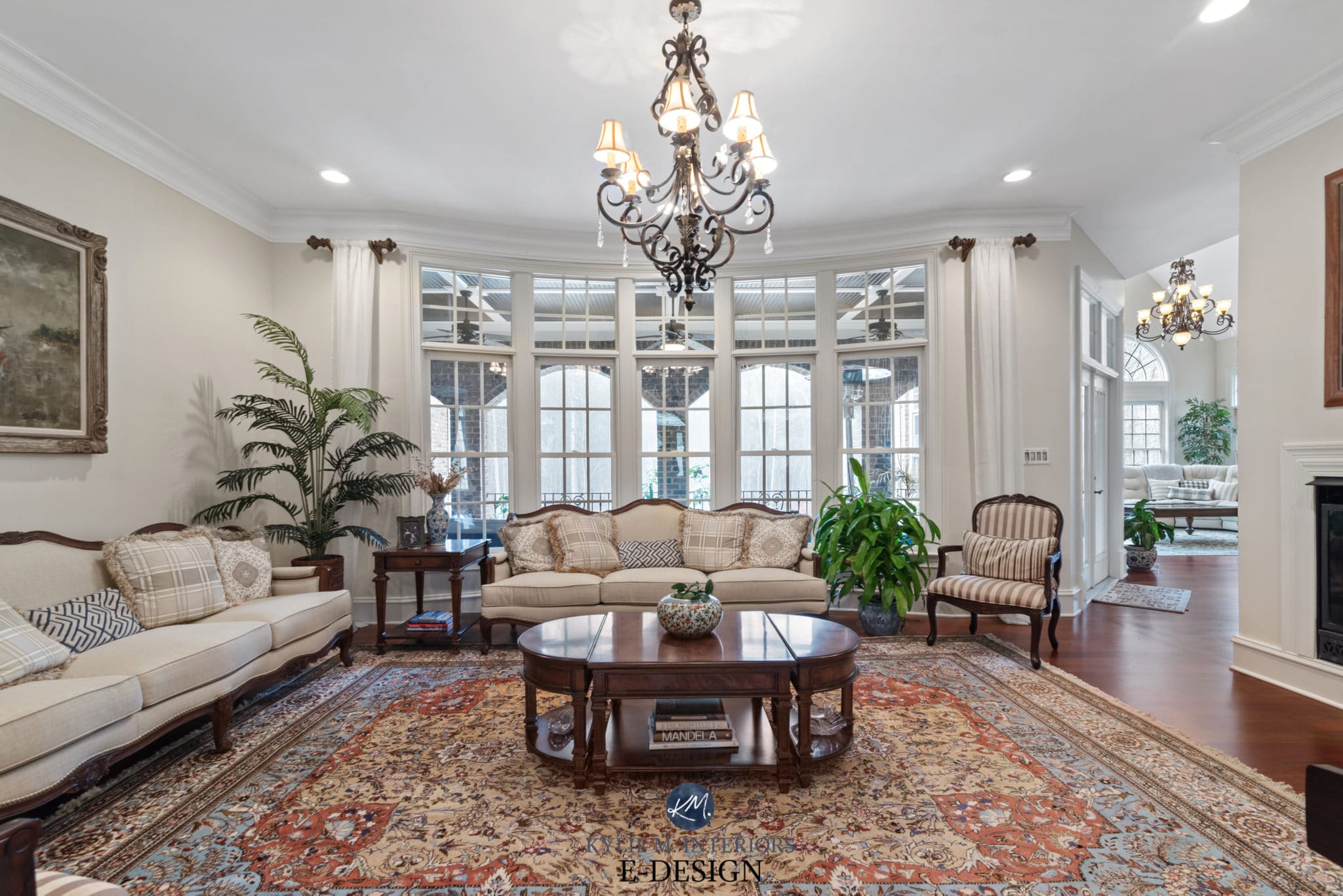

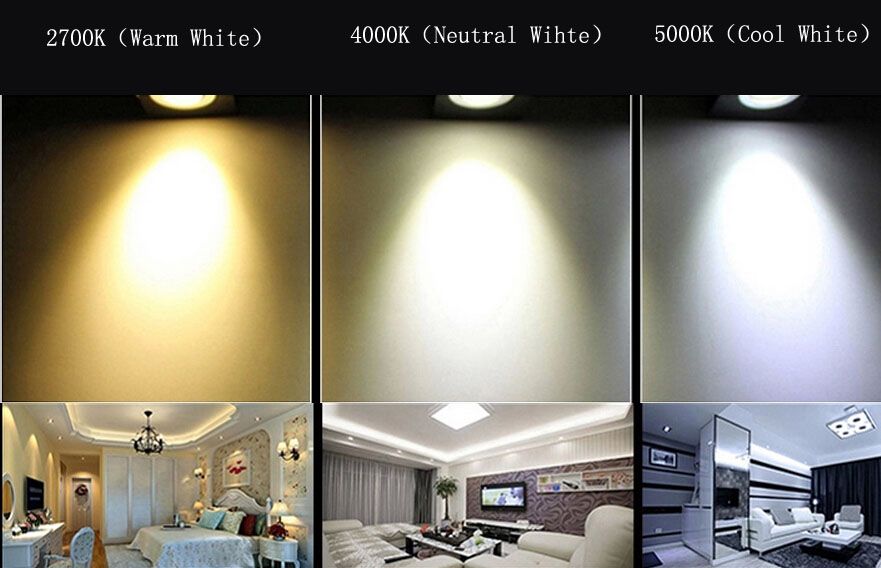

:max_bytes(150000):strip_icc()/living-room-area-rugs-1977221-e10e92b074244eb38400fecb3a77516c.png)

